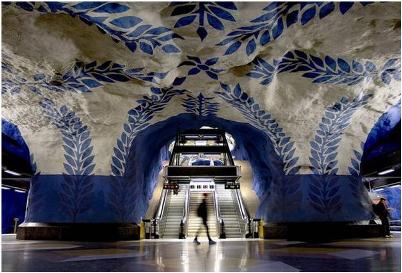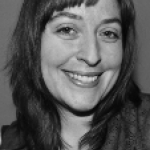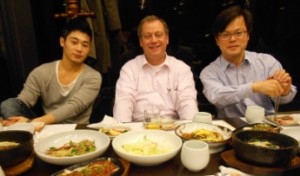
Ms. Lex Leifheit
The Post-Jerk Era
Posted by Nov 08, 2011

Ms. Lex Leifheit
Lately I’ve been reading a lot about jerks.
Steve Jobs Was A Jerk. Good For Him. writes Forbes contributor Gene Marks.
Al Davis, all-time great a**hole, was Slate editor Jeremy Stahl’s take on the passing of the infamous owner of the Oakland Raiders.
Marks wonders if embracing his inner jerk would make him more successful. Stahl asks, “What do we do when a legendary figure who was also kind of a jerk dies?”
As an arts worker, I frequently fantasize about a Post-Jerk Era. One only needs to read a newspaper or favorite blog to see that a “jerk” model of leadership and programming is still embraced in the arts.
Consider:
- Jerks are dictatorial...and so is a lot of our programming. Seasons and exhibitions are decided by one curator or artistic director. Community initiatives are sidelined rather than central to marketing, programming and education.
- Jerks are narcissistic. They put their name and image on everything and emphasize the importance of their vision. This is true for many of our most influential arts leaders.
- Jerks sensationalize whatever they are selling you with words like “premier,” “best,” and “new.” In the arts, we are experiencing a moment where some funders are putting innovation (new!) and physical expansion ahead of community impact.
Read More















